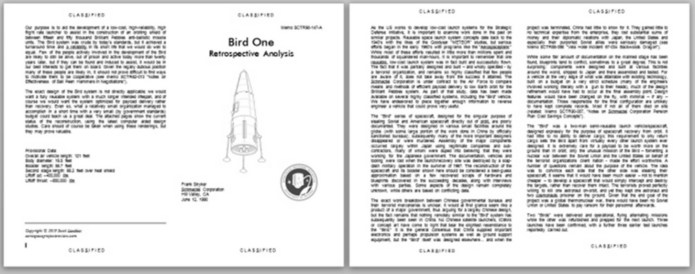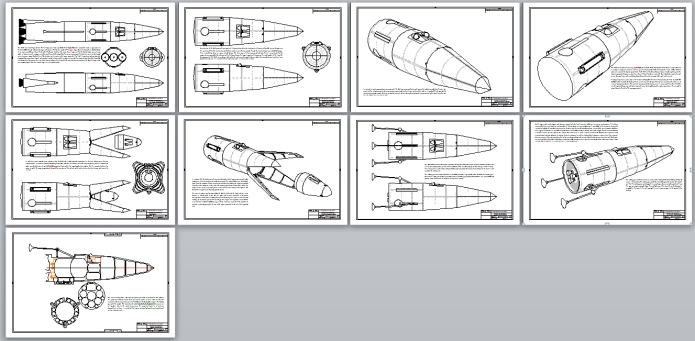I’m putting the finishing touches on this one. My hope, if I go into production with a number of these BoGPs, is to release at least two at a time: saves on shipping costs. But the “SPECTRE” BoGP will be a test case of sorts. If it is popular, more will come. If it tanks… well…
I’m still tinkering with the diagrams, but you can see below what I’m planing on including. Along with the diagrams will be a mess of explanatory text. Some will be on the diagrams themselves, as you can see; others will be on a separate cover page. For the science fiction designs, the intent is to describe the vehicle as if it was real, with an in-universe description. Sometimes from the people or organizations involved (which will be the case for SSV), and sometimes from the viewpoint of outsiders trying to describe them (such as is the case with the SPECTRE vehicle). Consequently, there will be more than just the dry statistics of length and weight, but also history and analysis from someone who may or may not understand the thing, and may or may not *like* the thing, and who may or may not be the sort of person you’d *want* to understand the thing.
For the SPECTRE, I have about three pages of text. To me it seems god, but I’ve been wrong about this sort of thing before. So I’m looking for three (3) people willing to give the cover pages (*just* the cover pages, not the mess-o-diagrams) a look, and then review in the comments section below what they think. Undoubtedly there’ll be spelling and grammatical errors, but what I’m interested in is… was it worth reading? Did it keep you interested? Make you more interested in the full booklet? Basically… was it good?
If you are interested, leave a comment expressing interest below, and if you’re one of the first three to do so I’ll send along a PDF of the cover page. This:
But not yet this:
Thanks.
Note: the in-universe text will be for different universes. The SPECTRE Bird vehicle isn’t from the same reality as the War Rocket Ajax or the Helicarrier or the Messiah. It might be interesting to try to create a Grand Unified Theory of Fiction slapping everything into the same continuity but… nah.



